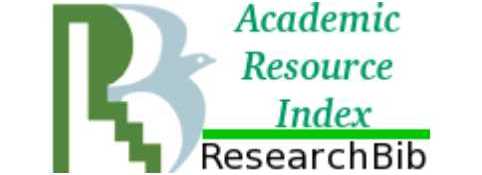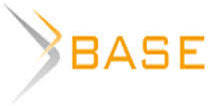Peer-review
1. A submitted paper is sent for reviewing to the Editorial Board. The decision to publish a manuscript is taken by the Editorial Board on the basis of positive external and internal reviews from experts who have knowledge of the field discussed in the manuscript, if the paper is consistent with the scope of the journal and provides a scientifically relevant and topical study.
2. The journal applies a double-blind peer review process.
3. All reviewers must be qualified specialists in the subject of the reviewed materials and have had publications on the subject of the reviewed article within the last 3 years.
4. The editorial board of the journal provides copies of reviews upon the request of the Ministry of Science and Higher Education of the Russian Federation.
5. If the review contains a number of reservations, the author will receive a scan of the review. Then the author should consider all the comments and make changes to the electronic version of the manuscript (specifying each part changed), after which the article is to be returned to the editor for re-reviewing. If the author disagrees with the reviewer, s/he should briefly and clearly state her/his position.
6. If a negative conclusion is received from the reviewer, the editorial board of the publication sends the authors of the submitted materials copies of the reviews or a reasoned refusal.
7. If a manuscript gets a positive review, a scanned copy of the review is sent to the author upon request.
8. The reviewing process takes no more than 30 days after receipt of a manuscript.
9. Reviews are kept in the editorial office of the publication for 5 years.
When reviewing arrived manuscripts the editorial board, external reviewers and editorial office are guided by following criteria:
- Statement of a scientific problem, its relevance from the point of view of the solution of scientific tasks which belong to a problem field and a profile of the journal.
- Originality, independence, novelty, interesting approaches.
- Respect for methodological and methodical culture.
- Reliability and persuasiveness of data.
- Use of materials of predecessors, availability of polemics with earlier published materials.
- Level of literary quality of the text, expressive accuracy, laconicism, symmetry and logicality of the argumentation, and also compliance to editorial requirements.
















